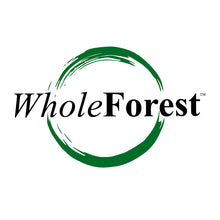How does whole forest work with communities to stop deforestation?
Deforestation is a symptom of families seeking economic opportunity. If people make a higher wage conserving the forest, they’ll stop clear-cutting..
Before Whole Forest was founded, the most lucrative pursuit was clearing the forest to plant African Oil Palm. As a result, deforestation was booming around Cristóbal Colón, where Whole Forest was founded. The work was grueling and didn’t provide upward mobility, but families could guarantee a subsistence income for themselves.
The founder of Whole Forest, Peter Pinchot, approached community leaders with an invitation to establish a community-owned enterprise. The goal was to build a local economy rooted in conservation and woodworking. The community was eager to boost their economy and protect their forest, thus beginning the relationship between Whole Forest and local families.

Dozens of community members now work for the company as foresters or craftsmen. Local landowners are compensated for allowing Whole Forest to sustainably manage their land. By providing an average annual salary of $8,200 (compared to the average annual salary in Ecuador of $5,736) these employees have been able to discontinue their involvement in deforestation.
Standards of living are rising and local business is flourishing. The company is predominantly managed by women. All women are given equal opportunity to work as craftsmen, which is almost unheard of in this region.


Whole Forest continuously collaborates with other organizations to ensure easier access to healthcare and education in the region. Peace Corp. volunteers started a scholarship program. The Ecuadorian government and the Pinchot Institute for Conservation built the area’s first health clinic.
The people of Cristóbal Colón have worked tirelessly to build a better future for themselves. Whole Forest is grateful for the opportunity to provide the infrastructure to make that possible.






